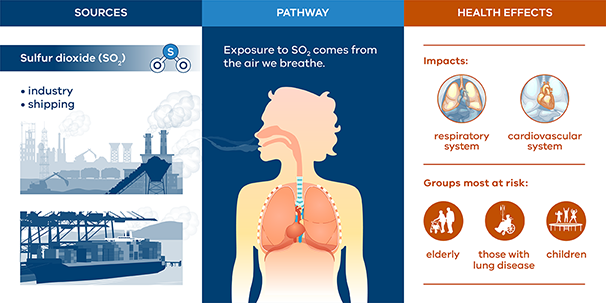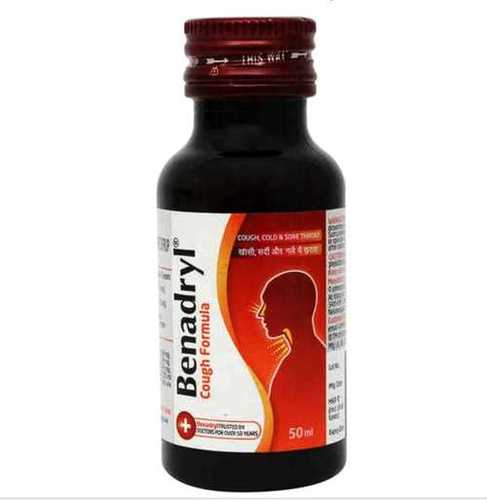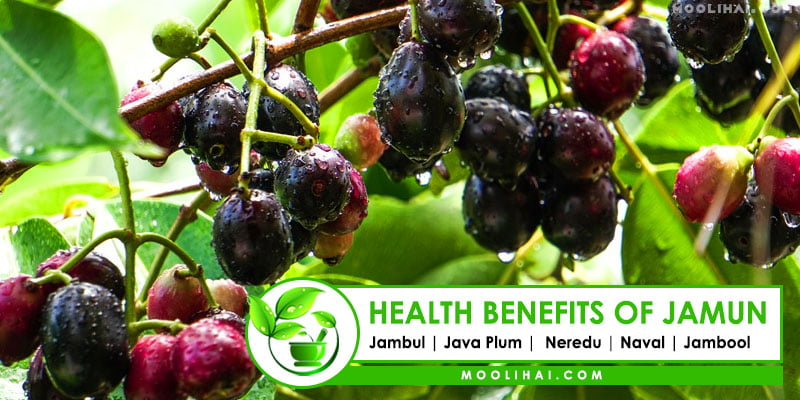KALA AZAR ELIMINATION
· India remains near the precarious edge of dispensing with instinctive leishmaniasis, ordinarily known as kala azar. With an obvious decrease in revealed cases and passings, the country has verged on gathering the disposal target set by the World Wellbeing Association (WHO).
· Bangladesh, India's neighbor, was the primary nation approved by the WHO for killing kala azar as a general medical condition.
What is Kala-Azar?
About:
· Instinctive leishmaniasis usually known as kala-azar, is a sluggish advancing native illness brought about by a protozoan parasite of variety Leishmania.
· It is otherwise called Dark Fever or Dumdum Fever.
· In India Leishmania donovani is the main parasite causing this illness.
Transmission and Side effects:
· It is communicated by sandflies. Sandflies of the sort Phlebotomus argentipes are the main known vectors of kala-azar in India.
· It causes fever, weight reduction, and spleen and liver broadening. Whenever left untreated, it tends to be lethal in 95% of cases.
Kept Cases in India:
· India reported 530 cases and four passings in 2023, a downfall from earlier years.
· Furthermore, there were 286 instances of post-kala azar dermal leishmaniasis (PKDL).
Post Kala-azar Dermal Leishmaniasis (PKDL):
· This condition emerges when Leishmania donovani penetrates and flourishes inside skin cells, bringing about the arrangement of skin sores.
· In certain examples of kala-azar, PKDL arises after treatment, yet presently it is accepted that PKDL could happen without going through the instinctive stage. In any case, more information is expected to comprehend how PKDL creates.
· The instinctive stage alludes to the underlying period of instinctive leishmaniasis (kala-azar), where the parasite influences interior organs.
Treatment:
· In India, the essential treatment for kala-azar includes directing injectable liposomal amphotericin B.
· For PKDL, the standard treatment comprises of 12 weeks of oral miltefosine, with the measurement changed in view of the patient's age and weight.
Methodologies for End in India:
· Viable Showering: Thorough checking of indoor leftover showering to control sandfly rearing and sickness spread.
· Wall Putting: Utilizing Gerrard soil for wall putting to limit sandfly reproducing regions.
· Treatment Consistence: Guaranteeing finish of PKDL treatment through the ASHA (Licensed Social Wellbeing Dissident) organization.
Note
· WHO has set an objective of 2030 to wipe out Kala-azar. The WHO's Disregarded Tropical Infections Guide likewise incorporates this objective.
· Legislature of India sent off a midway supported Kala-azar control Program in 1990-91. The Public Wellbeing Strategy (2002) imagined kala-azar Disposal by 2010 which was reconsidered later to 2015. Presently Kala-azar is focused on for end by 2023 in India.
SO2 EMISSION CONTROL

· An examination by the Centre for Research on Energy and Clean Air (CREA) has viewed as under 8% of India's coal-based power plants have introduced the SO2 outflow decrease innovation suggested by the Ministry of Environment, Forest and Climate Change (MoEF&CC) to keep Sulfur Dioxide (SO2) discharges in line.
· A study conducted in 2019 by Greenpeace asserts that India is the world's largest SO2 emitter.
What are the Innovations to Diminish SO2 Emanations?
Flue Gas Desulfurization (FGD):
· The removal of sulfide compounds from the exhaust emissions of fossil-fueled power plants is known as FGD.
· This is finished through the expansion of sponges, which can eliminate up to 95% of the sulfur dioxide from the vent gas.
· When fossil fuels like coal, oil, natural gas, or wood are burned for heat or power, flue gas is produced.
Circulating Fluidized Bed Combustion (CFBC)-
· By simultaneously injecting air and lime for burning, the CFBC Boiler is an environmentally friendly power facility that reduces emissions of pollutants like nitrogen oxide and sulfur oxide.
· When a pressurized fluid (liquid or gas) passes through a medium and causes the solid particles to behave like fluids under certain conditions, the bed of solid particles is said to be fluidized. Fluidization causes the change of the condition of strong particles from static to dynamic.
What were the study's most important findings?
· Just a consolidated limit of 16.5 Gigawatts(GW) of coal plants have introduced FGDs and Circulating Fluidized Bed Combustion (CFBC) boilers identical to 5.9 GW across India.
· According to the CREA analysis, 92% of the country's coal power plants operate without FGDs.
· The derailment of emission controls from coal-based electricity generation units was largely caused by the blanket extension of the deadline for all coal power plants without MoEF&CC and CPCB checking on their progress.
· The MoEF&CC presented outflow guidelines in 2015 for controlling PM, SO2, NOx, and Hg (Mercury) emanations.
· For units in Delhi and the National Capital Region (NCR), the deadline has been extended four times, while it has been extended three times for the majority of units nationwide.
· India currently has 425 GW of installed energy generation capacity. Coal makes up 48.6 percent of the total installed capacity, followed by gas at 5.9 percent, lignite at 1.6%, and diesel at less than 0.2 percent.
How are power plants categorized for FGD installation?
· In 2021, the MoEF&CC separated the classes of coal-power plants in view of geology to implement cutoff times.
· Coal-based power plants within a 10-kilometer radius of the National Capital Region (NCR) and cities with more than a million people fall under Category A.
· Class B is inside a 10 km range of fundamentally dirtied regions or non-fulfillment urban communities.
· The remaining plants across the nation are included in Category C.
· With the longest deadlines, the majority of the country's power plants are in Category C.
· The independent Center for Research on Energy and Clean Air (CREA) investigates trends, causes, and health effects of air pollution as well as potential solutions.
· It supports the efforts of governments, businesses, and advocacy groups worldwide to move toward clean energy and clean air by utilizing scientific data, research, and evidence.
MENTAL HEALTH INITIATIVES

· The country's initiatives to address mental health issues have been made clear by the Ministry of Health and Family Welfare.
What initiatives in mental health are highlighted?
Public Emotional well-being System (NMHP):
· Initiated in 1982 and reorganized in 2003, the NMHP aims to upgrade psychiatric wings in medical facilities and modernize mental health facilities.
· Additionally, the District Mental Health Programme (DMHP) has focused on primary healthcare-level community mental health services in 716 districts since 1996.
· At community health and primary health centers, DMHP provides outpatient services, counseling, psychosocial interventions, and support for severe mental disorders.
· They all come together to form a comprehensive plan for mental health care in India.
Program for Telemental Health in the Nation:
· In order to further expand nationwide access to high-quality mental health counseling and care, NTMHP was launched in October 2022.
· The National Apex Centre for Tele MANAS's coordination of activities across India is the National Institute of Mental Health and Neuro Sciences (NIMHANS) in Bengaluru.
· 25 States/UTs have laid out 36 Tele Psychological well-being and Business as usual Expansion Frameworks (MANAS) Cells for broadening psychological well-being administrations.
· Taking care of 63,806 calls made to the helpline number in total.
Collaboration Between iGOT-Diksha and NIMHANS:
· Through the (iGOT)-Diksha platform, NIMHANS provides psychosocial support and training.
· NIMHANS offers health care workers online training on the (iGOT)-Diksha platform.
Ayushman Bharat - HWC Plan:
· The Ayushman Bharat - Wellbeing and Health Focuses (Stomach muscle HWCs) are essential for the Ayushman Bharat Program.
· Preventive, curative, rehabilitative, and palliative care (a specialized medical approach that aims to improve the quality of life for people with serious illnesses) are among the services that the program aims to provide.
· Functional rules on Mental, Neurological, and substance use issues (MNS) at Wellbeing and Health Focuses (HWC) have been delivered under the ambit of Ayushman Bharat.
Tending to Pandemic-Instigated Emotional wellness Difficulties:
· A 24-hour helpline that provides psychosocial support to various population groups has been established by the government.
MEFTAL AND DRESS SYNDROME
· The Indian Pharmacopeia Commission (IPC) has given a medication security alert about Meftal, the normal pain reliever, saying its constituent, mefenamic corrosive, triggers serious hypersensitive responses like the DRESS disorder, which influences inward organs.
What is DRESS Condition?
· DRESS disorder (Medication Rash with Eosinophilia and Fundamental Side effects) is an extreme unfavorably susceptible response influencing around 10% of people, possibly destructive and brought about by specific prescriptions.
· It is otherwise called Medication Actuated Extreme touchiness Condition (DIHS).
It is portrayed by skin rash, high fever, enlarged lymph hubs and confusions in inner organs.
What is the Utilization and Related Symptoms of Meftal?
Uses:
· Meftal is generally utilized as non-steroidal calming drug (NSAID).
It is generally utilized in India for numerous reasons, including alleviating feminine torments, migraines, muscle and joint agony, and is even pervasive among kids for high fever.
Related Incidental effects:
· Delayed utilization of medications like Meftal might expand the gamble of stomach ulcers, draining and related difficulties.
· Meftal has been related with expected unfavorable consequences for the cardiovascular framework.
· A few specialists have hailed renal confusions as a possible result of Meftal.
What is Indian Pharmacopeia Commission (IPC)?
· IPC is an Independent Organization of the Service of Wellbeing and Family Government assistance.
· IPC was made to set guidelines for drugs in India. Its fundamental capability is to consistently refresh the norms of medications regularly expected for the treatment of sicknesses winning around here.
· It distributes official archives for working on the Nature of Drugs via adding new and refreshing existing monographs as Indian Pharmacopeia (IP).
· It further advances the sane utilization of conventional prescriptions by distributing the Public Model of India.
· IPC likewise gives IP Reference Substances (IPRS) which go about as a unique finger impression for distinguishing proof of an article under test and its virtue as endorsed in IP.
COUGH SYRUP FAILS QUALITY

· Information from the Focal Medications Standard Control Association (CDSCO), shows that no less than 6% of hack syrup tests from 54 Indian producers bombed an obligatory quality test for trade.
· Gambia, Uzbekistan, Cameroon, and the World Wellbeing Association (WHO) communicated concerns following the passings of youngsters who had taken these meds.
· Indian produced syrups were accounted for to be defiled with glycol and ethylene glycol harmful substances that can now and again be deadly, particularly for kids.
· India's drug area contributes around 1.72% of Gross domestic product and the business is worth roughly USD 50 billion with the greater part coming from sends out.
· The CDSCO under the Service of Wellbeing and Family Government assistance is a public administrative power of India.
JAMUN’S MEDICINAL POWER

· Researchers at IISER Bhopal carried out the first-ever genome sequencing of the jamun tree (Syzygium cumini) and discovered the species' pharmacological properties. The Jamun tree is a popular evergreen tree in India due to its ornamental value, medicinal properties, and fruit.
· The bioactive compounds that give Jamun its antioxidant, anti-inflammatory, and anti-diabetic properties can be found in its genetic code.
· The concentrate likewise features the presence of qualities connected to terpenoids and glucosides, key supporters of its guard components and hostile to diabetic capacities individually.
· Genome sequencing is the most common way of deciding the specific request of DNA building blocks in a creature, disclosing its finished hereditary plan.